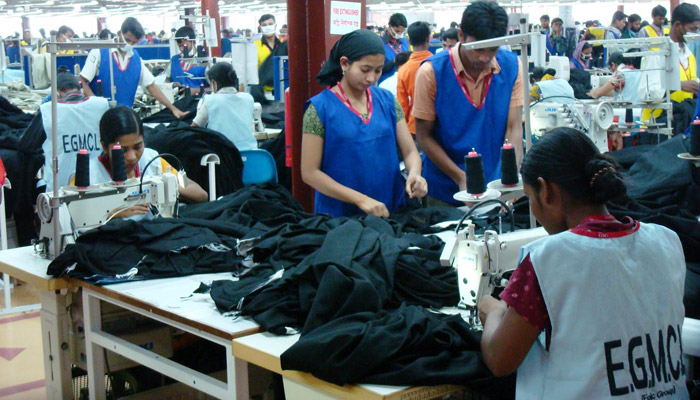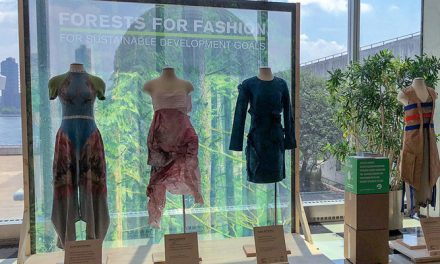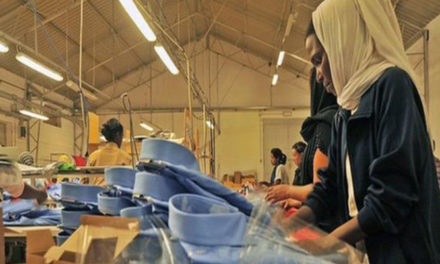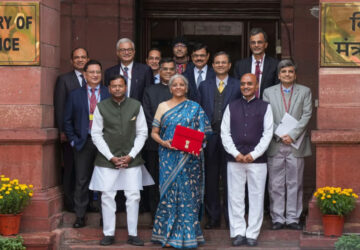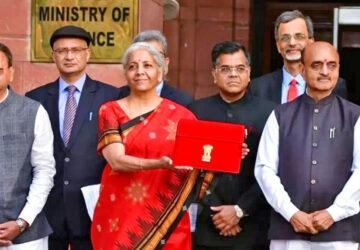Exports grew by 9.01 per cent year-on-year to $3.32 bn in May riding on the higher shipment of garment items, Export Promotion Bureau (EPB) revealed recently. However, the receipt is 1.70 per cent lower than the monthly target of $3.38 bn, according to data from the EPB. The main driver of the growth, garments exports grew by 9.77 per cent year-on-year to $28.12 bn in the first 11 months of the fiscal year. Knitwear exports rose by 11.48 per cent to $13.94 bn and woven garments exports were up by 8.15 per cent to $14.18 bn.
The shipment of garments, which account for more than 80 per cent of the national export, grew because of the increased sales of high-value items and the depreciation of the local currency against the US dollar, according to exporters.“At the end of the year, we will be able to export more than the target set for the current fiscal year at $30.16 bn,” said Siddiqur Rahman, President of Bangladesh Garment Manufacturers and Exporters Association (BGMEA).
The earning from garment export even crossed the 11 months’ target at 3.24 per cent to $27.24 bn. The export growth in the apparel sector in June might be a little less, but it will grow more from July onwards as the manufacturers have a handful of work orders, the BGMEA President said. In recent months, garment export to the US is declining as China, India and Vietnam are performing well to the US markets. “However, we are performing strongly in the new markets like in Japan, India, Russia, South Africa, Australia and in Latin American markets,” said the leader of the apparel exporters’ body. Although the export is growing, the prices and demand for the garment items are declining worldwide, he said.“We need to modernise our machinery and production for more productivity to be more competitive in the global apparel markets,” he said. He said the country’s garment factories are full of orders from international retailers and brands, thanks to the massive progress in workplace safety carried out by the Accord, the Alliance and the government.
The exporters also benefitted from the depreciated exchange value of the taka. The interbank exchange rate was Tk 83.70 per US dollar, up from Tk 80.50 a year earlier, according to Central Bank data. Shipment of agricultural products such as fruits and spices was up by 18.09 per cent to $609.01 mn. Cement, salt and stone fetched $11.88 mn, up by 24.01 per cent, and pharmaceuticals brought home $95.98 mn, an increase of 15.89 per cent.
Cotton, cotton products, and yarn exports went up by 15.86 per cent to $117.15 mn in the July-May period. Jute and jute goods also fared well as the demand for the goods made in Bangladesh from the natural fibre is rising. In July-May, jute and jute goods fetched $966.90 mn, up by 6.99 per cent. Jute and jute goods may fetchmore than $1bn at the end of the current fiscal year after three years. If it happens, only three sectors among 725 kinds of export goods from the country apparel, leather and leather goods, and jute and jute goods — will be earning more than one billion dollars.
Home textile export rose by 11.67 per cent to $823.00 mn, footwear by 2.55 per cent to $225.77 mn, furniture by 21.33 per cent to $58.19 mn, bicycle at 4.47 per cent to $81.34 mn and ceramic products at 10.92 per cent to $40.52 mn. On the other hand, exports of plastic goods fell by 17.82 per cent to $90.04 mn in July-May. Leather and leather goods sector, the second largest export earner after garments, fetched $999.07 mn in the 11-month period, down by 11.08 per cent.
The shipment of leather and leather goods was hit largely by the relocation of tanneries from Hazaribagh to Savar as production was hampered. All the 155 tanneries have been relocated, but only 25 of them have so far been able to start production in their new location, industry people said. Frozen and live fish exports fell by 1.59 per cent to $465.32 mn. Overall, exports rose by 6.66 per cent yearon- year to $33.72 bn in the July-May period. The earnings narrowly missed the periodic target of $33.87 bn, according to the data.
